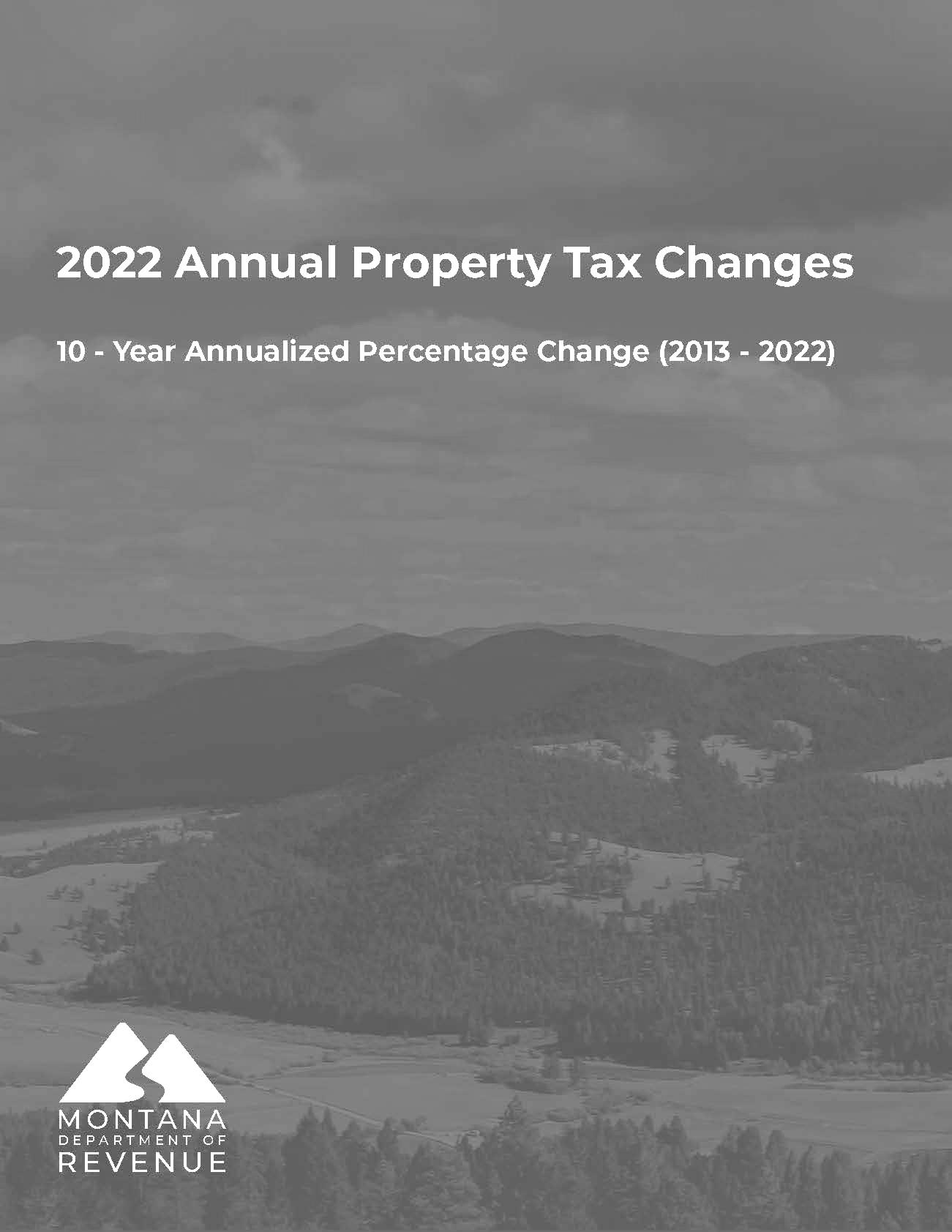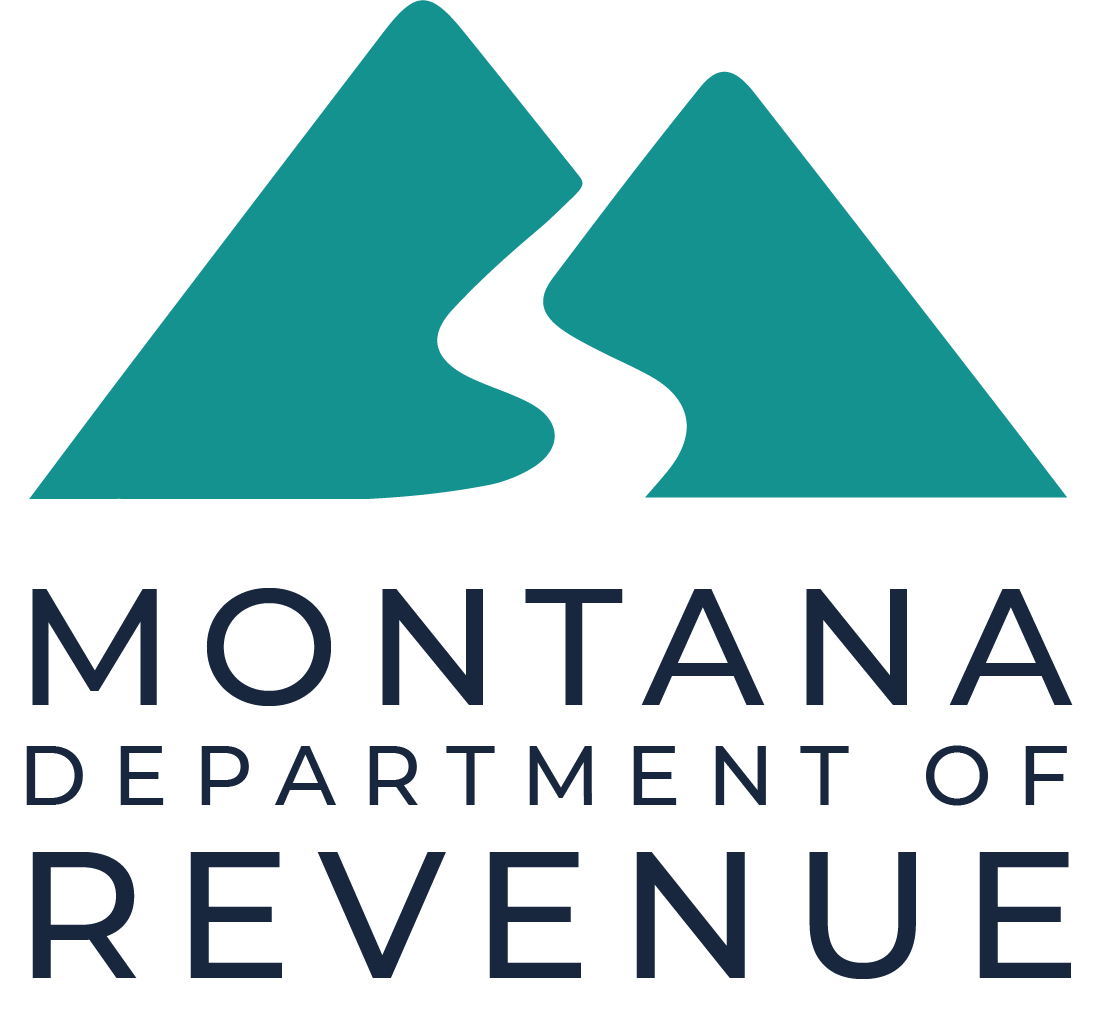2022 – Annual Property Tax Changes by County
10-Year Annualized Percentage Change (2013-2022)

- beaverhead county
- big horn county
- blaine county
- broadwater county
- carbon county
- carter county
- cascade county
- chouteau county
- custer county
- daniels county
- dawson county
- deer lodge county
- fallon county
- fergus county
- flathead county
- gallatin county
- garfield county
- glacier county
- golden valley county
- granite county
- hill county
- jefferson county
- judith basin county
- lake county
- lewis & clark county
- liberty county
- lincoln county
- madison county
- mccone county
- meagher county
- mineral county
- missoula county
- musselshell county
- park county
- petroleum county
- phillips county
- pondera county
- powder river county
- powell county
- prairie county
- ravalli county
- richland county
- roosevelt county
- rosebud county
- sanders county
- sheridan county
- silver bow county
- stillwater county
- sweet grass county
- teton county
- toole county
- treasure county
- valley county
- wheatland county
- wibaux county
- yellowstone county
Frequently Asked Questions
What are these charts?
To provide taxpayers with more information about the growth in property taxes, the 2021 Legislature required the Department of Revenue to provide a ten-year lookback at the growth of property taxes by major taxing jurisdiction.
This annualized rate of change is the amount of taxes levied in 2022 divided by the amount of taxes levied in 2013, divided into 10 years. For example, in Yellowstone County, the county levied $43.2 million in 2013 and $60.5 million in 2022. This is a total change of 40% over the 10-year period, or about 3.82% each year, on average. This rate is reflected in the bar labeled “County” on the Yellowstone County chart.
These charts also include lines indicating average countywide growth in income and population plus inflation. These are common benchmarks used by economists to gauge ability to pay (income growth) and increased demand or cost of services (population plus inflation growth). In the Yellowstone County example, the annualized income growth was 4.22% and population plus inflation was 3.54%.
How do I interpret these charts?
The intent of these charts is to provide transparency on tax growth in relation to economic changes in your county.
The bars in the chart show the 10-year average change in taxes for each taxing entity. These include both voted and non-voted levies in each jurisdiction.
The population-inflation line measures the change in the cost of services (for which property taxes pay). When comparing this index to the average property tax changes, the question trying to be answered is: “is the average change in property taxes paid to fund these services in line with the estimated change in cost and demand for services?”
The personal income line measures growth in the economy and people’s ability to pay. When comparing this index to the average property tax changes, the question trying to be answered is “is income growth keeping up with the average change in property taxes paid?”
What are the different taxing jurisdictions?
A taxing jurisdiction is a governmental entity that has taxing authority over a property. The combination of mills levied by taxing jurisdictions with authority over an individual property determines the total taxes paid. In a county, all properties pay the same number of mills to the county. If a taxpayer resides within city limits, they will also pay taxes to that city. Each property in the state is in an elementary school district and a high school district. Some counties have many districts, so the local schools column is the average of the various school districts within a county. Countywide transportation and retirement are mills levied on all properties in a county that fund bussing and the teacher’s retirement system. These mills are separate from the local school mills because they are assessed on a countywide basis. Finally, all property in the state pays state mills towards statewide education equalization and to support the Montana University System.
What is a mill?
A mill is equal to 1/1000 of a dollar of taxable value. A levy of 10 mills is equal to 1% of taxable value. A more detailed explanation of how property taxes are calculated can be found in the Department of Revenue’s Biennial Report Property Tax Section at https://mtrevenue.gov/dor-publications/biennial-reports/
Why does my county have extreme property tax growth?
These 10-year lookbacks are highly sensitive to start and end points. Some taxing jurisdictions may have levied relatively low total dollars in the starting years. A flat increase applied to a number yields larger percentage changes the smaller the value was 10 years ago. If one column has a very large percentage growth (8% or greater), it is likely your county falls into this category.
For example, if a county has a strong natural resource extraction economy (oil and gas, metal mines, coal mines), then taxes associated with that industry help offset property taxes. Montana was experiencing an oil and gas boom in 2013 that has somewhat subsided since. Counties in the east such as Wibaux, Fallon, and Richland had relatively low property taxes in 2013 because of this oil and gas money. Although their percentage increase is large relative to most other counties, their total taxes paid remain relatively low, in part because of this natural resource tax money.
Information on the total property taxes paid by county can found in the Department of Revenue’s Biennial Report Property Tax Section beginning on page 239 at https://mtrevenue.gov/dor-publications/biennial-reports/. Information on taxes paid by type of property can be found in the appendix on the same webpage.
How will my new appraised value affect my taxes?
The Department of Revenue’s Property Assessment Division reappraises property every 2 years at 100% of market value, but does not determine taxes. Taxing jurisdictions determine how many mills to levy each year based on their budgets and the total amount of taxable value in their jurisdiction. A large increase in market value does not necessarily correlate to a large increase in property taxes; your property’s market value is just one step in the calculation to determine taxes.
A property’s taxable value is the market value multiplied by the tax (or assessment) rate. For residential property, the tax rate is 1.35% and for commercial property, the tax rate is 1.89%.
- Example
- Market value = $350,000 for a residential property
The following is the basic formula taxing jurisdictions use to determine the number of mills to be levied on properties within the jurisdiction. Any voted mills would be added onto this amount.
- Example
- City’s annual budget = $1,000,000
- Total taxable value = $25,000,000
To determine the taxes on an individual property, the formula below is used. The total mill amount is calculated by adding up the mills levied by jurisdictions that have taxing authority over the property.
- Example
- Taxable Value = $4,725
- Total Mills = 600
